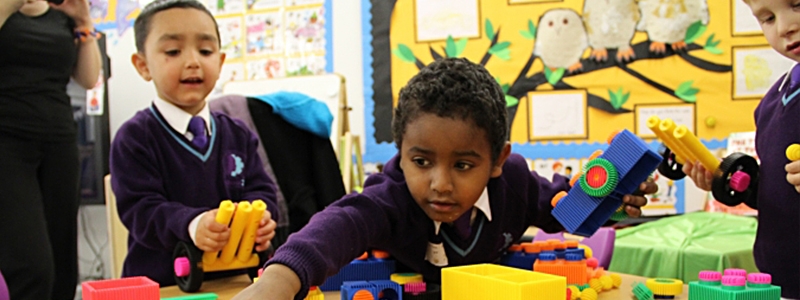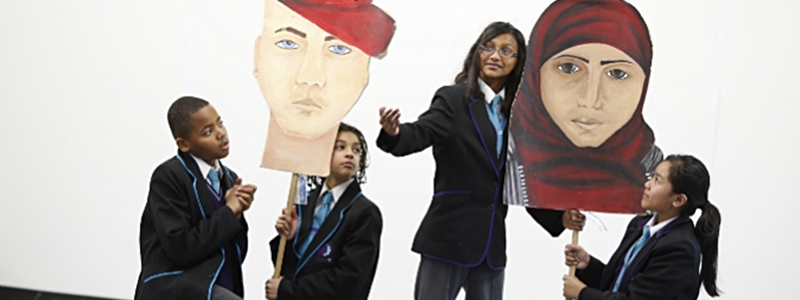Problem: Although created in the 19th century, traditional education has changed very little to the present day. It is now outdated, applying to an industrial system that involved making large groups of students conform, rather than giving them the chance to grow. This ends up pushing students away from schools with little education and without the necessary tools to make something of themselves. The aim of School 21, which was founded in 2013, is to revolutionize the school curriculum and pedagogics in order to create more flexible students, who are capable of prospering in the 21st century. Financed by the state, the school is located in a suburb of London. Many of the students are the children of immigrants. The school was created by Peter Hyman, who worked as an adviser to former English Prime Minister Tony Blair between 1994 and 2003.

Solutions: Challenges and experiences are used by the school to enable students to learn how to read, write, count and analyze data, while also acquiring non-cognitive skills, which are important in today’s world. The children study through projects, developing activities associated with real life. One such project was the design of a room for a new building in the school, which was created according to what the students thought a good place to study would look like. Other projects addressed concepts such as a museum of toys, astronomy, human rights and the First World War. For the latter, the students created an exhibition, showing the history of the war, and organized guided tours.
Technology is omnipresent in order to improve the students learning. They use iPads to analyze the work of colleagues, write blogs to record their thoughts about the learning process, create portfolios, cartoons and videos and also learn how to search the internet, use applications and play games.
The school places great importance on how to speak, explain, analyze, persuade and choose the correct type of behavior for different types of situations, be they formal, informal, serious, funny, emotional or analytical. In order to develop these skills, the school offers oral presentation classes, in which the students learn to express themselves and to communicate clearly. As a result, they are able to explain ideas and emotions to other people inside or outside the school. They know when to stop talking and listen. The also study the rhythms of poetry, story-telling, telling jokes, the use of rhetoric and how to debate. The students make public presentations throughout the year.
Teachers work with groups of 12 students and act as tutors. The idea is that everybody knows each other in the school and each child and teenager has one adult monitoring their day. Families are invited to send children aged between four and 18 years to the school, where their studies will be planned and there will be no need for abrupt transitions half-way through.

Outcomes: The students become engaged in their studies and are open to the projects that are proposed, developing their own ideas and putting them into practice through presentations, speeches, plays and books, among other things. Now in its second year, the school receives many more requests for enrollment than it can accommodate each year.






